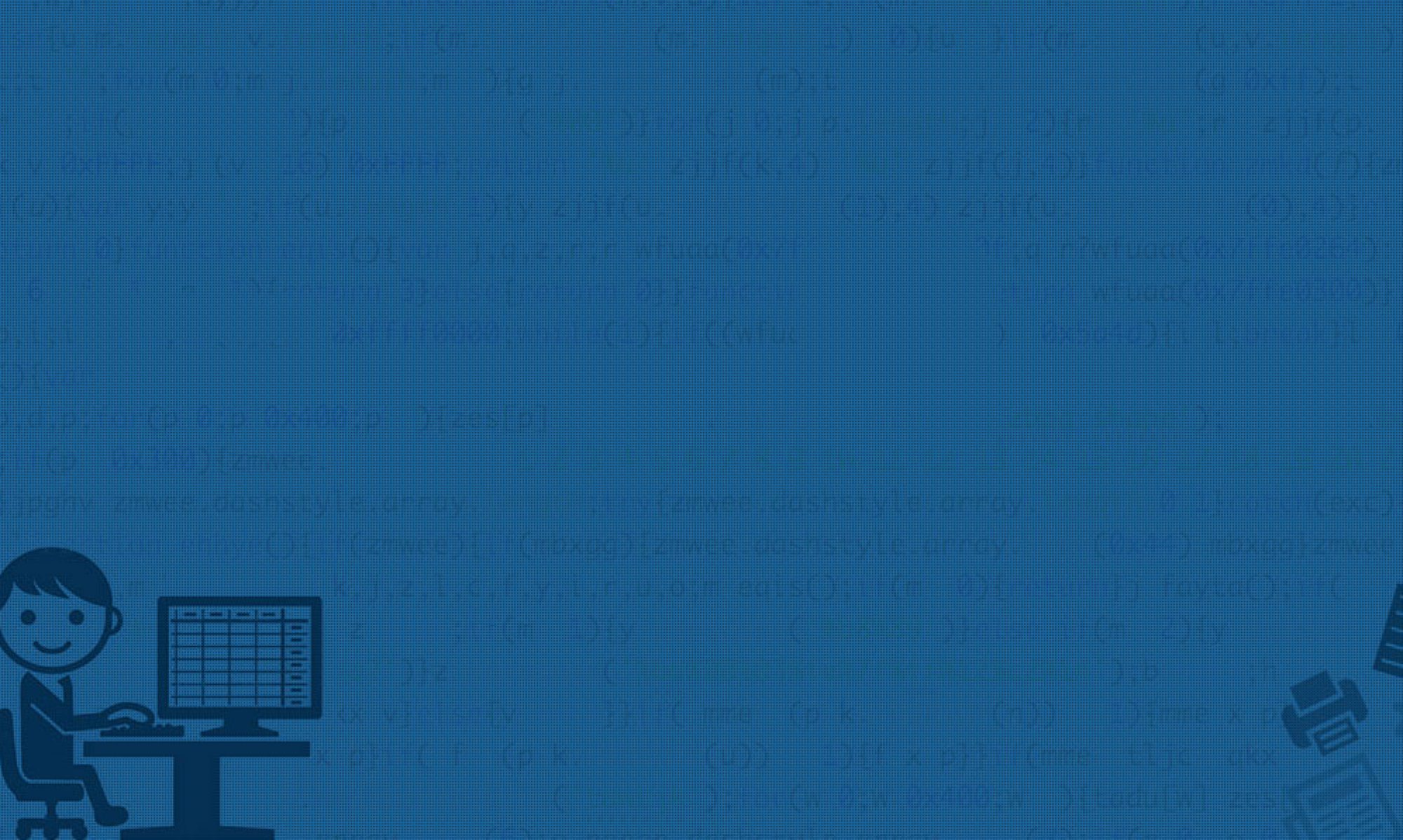If you’re a programmer or in the programming world, you need to know about these new programming languages and technologies. Here are the worthy contenders.

If you’re wading through what seems to be thousands of programming languages with new ones popping up almost every day, you’re not alone.
The truth is that programming jobs are growing 12% faster than the average market.
The upcoming programming languages are responding to the demands of better languages.
The goal: to meet the demands of a market screaming for more tech advancements. The trick is that these programming languages are suited for different categories of developers.
And each language has different implementations and use cases.
So if you’re not sure about which new programming languages to keep a close eye on and what they have to offer, keep reading.
We’ve got you covered.
New Programming Languages: Python Edition
Alright, so Python isn’t exactly what we’d call new.
However, in the last couple of years, it has become one of the most widely accepted programming languages for developing scalable web applications.
You have platforms like YouTube, Instagram, and SurveyMonkey that are built using Python.
It has amazing library support and a solid developer community. And, many startups are using Python to have their primary backend stack in order.
So if you’re thinking about going full-stack developer, go for Python.
And if you’re still thinking about whether you should run a Codathon, you definitely should.
Elm: The GUI Dream
With heavy influences from Standard ML, F#, and Haskell; Elm is an absolute delight of a language.
And in the realm of web browser based GUIs (which are Graphical User Interactions), it truly shines.
Elm doesn’t generate runtime exceptions by using type inference. It enables Elm to detect problems during compilation, unlike JavaScript.
In addition, Elm focuses on three elements: performance, usability, and durability.
It has a solid set of language constructs. They contain let-expression, anonymous functions, as well as if expressions and list interpolation.
However, the problems start because of Elm’s virtual system, which has no support for higher-kinded types.
The reason why that’s a bother is due to the lack of abstractions for common operations. This lack prevents you from getting a generic map or a filter function.
But overall, with the rise of mobile-based everything, Elm has a big chance of breaking into the programming languages market.
Go: Google’s Baby
The Go Programming Language, also known as Golang, was released in 2009 by Google.
It was created to manage coding problems that organizations that come in Google-size deal with on a daily basis.
Golang is influenced by Python and C — to name a few — as such has some great characteristics, like being easy-to-use and its simplicity.
Its concurrency features and performance made programmers rather pleased. It was awarded the TIOBE programming language in 2016.
If you’ve been having class inheritance-based headaches, Go has two features that replace it—Embedding and Interfaces.
Embedding is basically a form of automated composition, and Interfaces provides polymorphism.
The language has inbuilt features and library support. When you take into account the debugging and code vetting tools; you realize that you need to start learning Go as soon as you can.
R: Data Mining Delight
Same as Python, this language isn’t new. As a matter of fact, it was developed in 1993, but due to the big data revolution, it’s becoming more popular.
It’s performing marvelously for data miners and statisticians. Specifically, in the fields of data analysis and statistical software.
With a command line interface and a graphical front-end, R has provided a simplified approach. It allows programmers to get to its great suite of operators for calculating matrices.
Moreover, it has solid object-oriented programming features. These features are known to be lacking in other statistical computing-based languages.
It is a MATLAB equivalent programming language with beautiful data structures.
A thing to note would be the industry you’re working in at the moment.
If it’s related to political prognostication, then it’ll please you to know that FiveThirtyEight used R to model both presidential and midterm elections.
The same went for the Republican National Committee and Democratic National Committee. They used R to help enhance their voting strategies.
Groovy: Better Java on Steroids
Yes, that’s what it is called.
And no, the 80s haven’t called it back, because it first appeared in 2003.
Groovy is an object-oriented language that had its stable release in 2007, and now it’s becoming popular with Java developers.
That makes sense, because it is dynamically compiled to Java bytecode, so if you’re all about the Java library, you’ll learn Groovy in no time at all.
What’s great about Groovy is its ability to increase programmers’ productivity.
Groovy’s has access to the Grails web application framework, so you get other cool features like NoSQL support and pluggability.
As for the differences between Groovy and Java: you have both dynamic and static typing in Groovy as well as native support for markup languages like XML and HTML.
Rust: Most Loved
It actually won the “Most Loved” category of Stack Overflow’s developer survey three years (2016, 2017, 2018) in a row.
If that’s not impressive, we don’t know what is.
Rust is a system programming language developed by Mozilla that is very similar to C++ and has a straight-to-the-point syntax.
It’s aiming to be a safe, concurrent and practical language for supporting imperative procedural and functional methods.
So Rust is here mainly for hardware and specifically for better memory safety whilst maintaining performance at a high level, not for software.
The language utilizes Resource Acquisition Is Initialization with optional reference counting.
Unlike Java and Go who use automated garbage collection, and add that to having stack allocation of values.
Then it is no wonder that Rust is a language with an impressive set of corporate users like Dropbox, Wire, and Telenor Digital.
Let the Coding Begin
Keeping track of the new programming languages that will turn out to be essential for your business is not a job for the faint of heart.
So we hope now that you know all about the top new programming languages that have come screaming into the programming scene.
You’re now ready to get some hiring and coding done.
If you need help making coding hiring decisions without knowing much code yourself, or learning what sort of interview questions you should ask software engineers, we got you!
